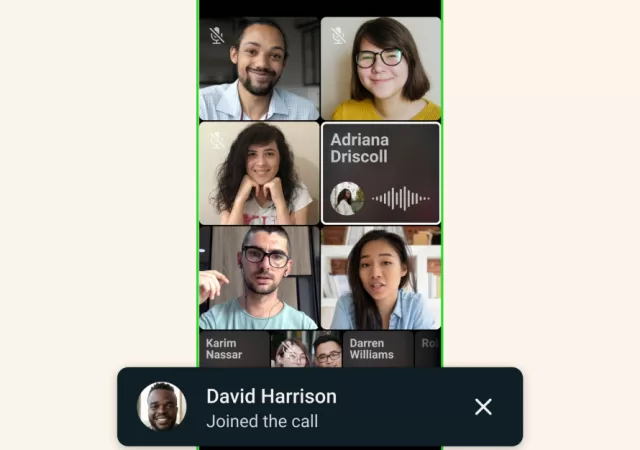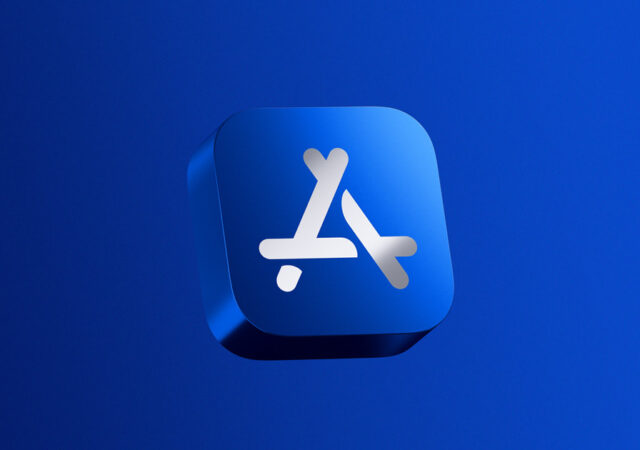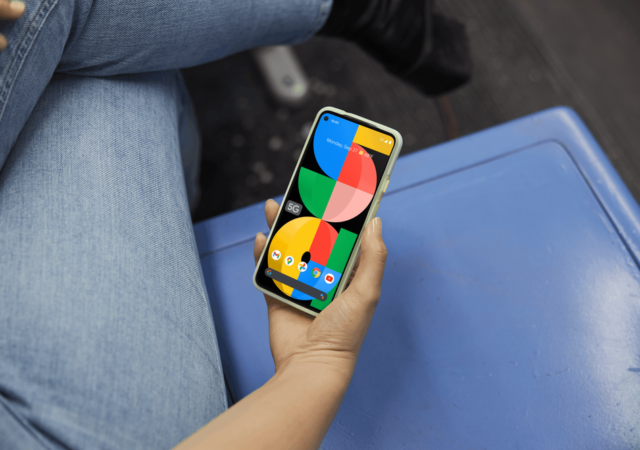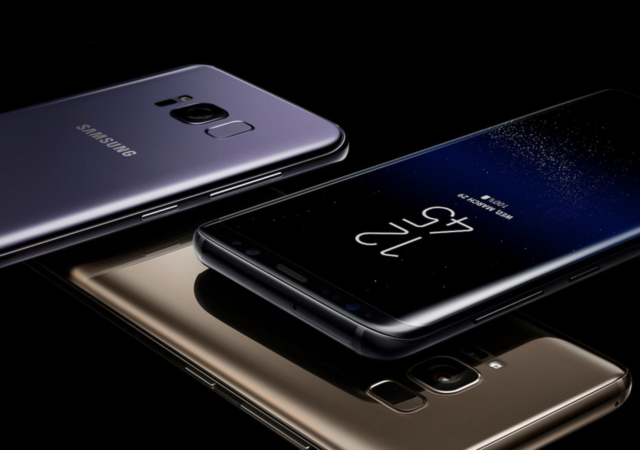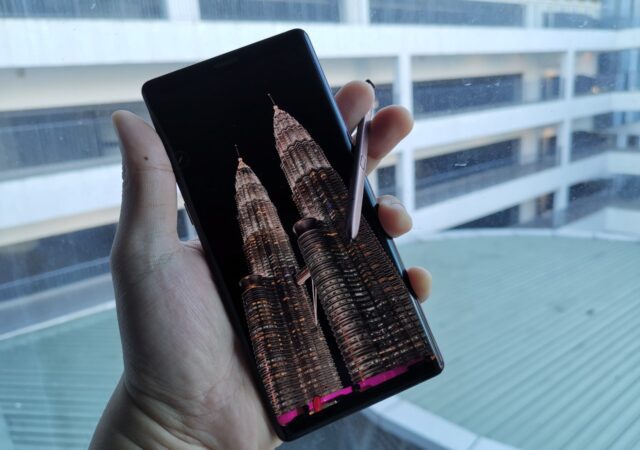Honor finally commits to an update plan for its devices starting with the Honor Magic7 Series as part of its Alpha Plan.
WhatsApp Calls Improved with New Features
WhatsApp endeavors to improve its users call experience with an update bringing a host of new features. While it made its mark in the world of secure messaging, WhatsApp intends to attract more users to its voice and video call…
Tower of Fantasy Major 2.1 Update Brings Exciting New Content
Tower of Fantasy is getting more exciting, fresh content with the release of the major 2.1 update, dubbed Confounding Labyrinth. New terrains and challenges await in the 2.1 update Publisher Level Infinite and developer Hotta Studio have released the 2.1…
Apple is Cracking Down on Outdated Apps from App Store!
Apple is cracking down on outdated apps in their App Store. Developers who got the emails only have 30 days to respond.
Soon, Every App on Google Play Store Will Be New Updated Apps
Google is introducing a new security measure for apps in the Google Play Store. The new update will hide old apps from users.
Time to Upgrade: Samsung Stops Updating the Samsung Galaxy S8 and S8+
Samsung has removed the Galaxy S8 and Galaxy S8+ from their firmware update list. The 2017 Samsung Flagships are phased out after four years.
Android 10 Coming to Samsung Galaxy Note9
Despite the new thing that is the Samsung Galaxy Note10 that came out in 2019, there are still many that regards the previous Samsung Galaxy Note as one of the best, if not the best Samsung Galaxy Note to date.…




